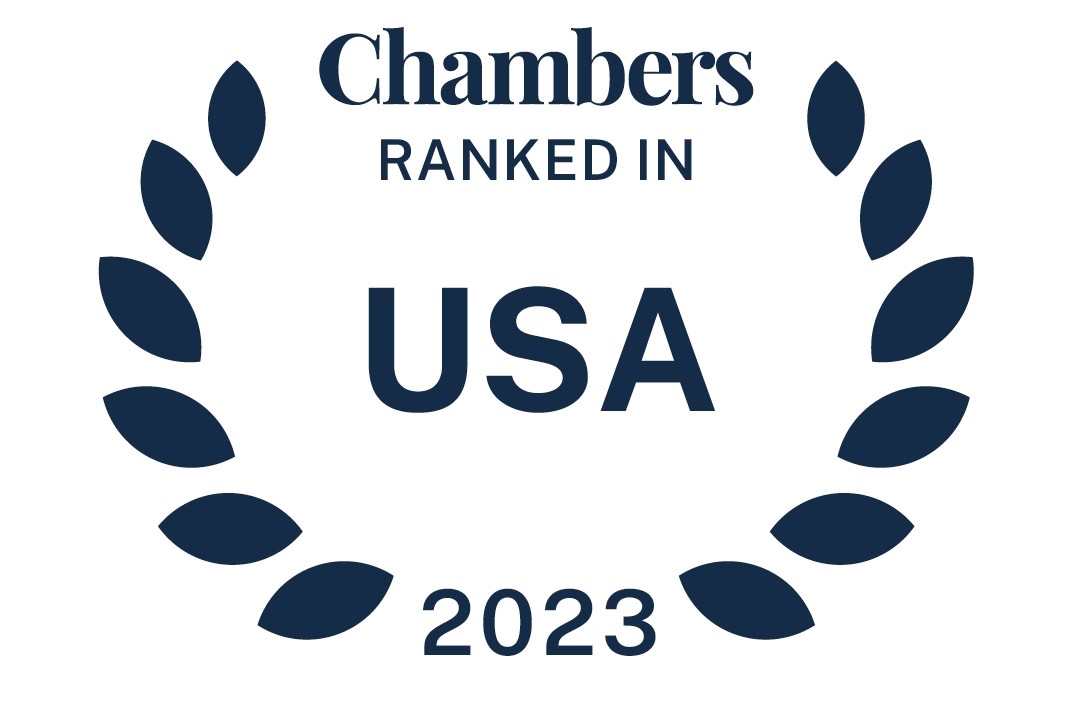Recent comments from an official with the Department of Labor (DOL) indicate that the DOL’s Employee Benefits Security Administration (EBSA) has begun investigating large defined benefit plans to review how plan administrators are keeping track of benefits owed to terminated vested participants and if they are really paying participants like they should be. According to the February 2, 2015 BNA Pension & Benefits Reporter, Elizabeth Hopkins, counsel for appellate and special litigation for the DOL’s Office of the Solicitor, Plan Benefits Security Division, stated at a pension conference that EBSA is interested in monitoring whether plan administrators are following their own procedures to locate and pay out terminated vested participants. In particular, EBSA is investigating how plan administrators locate and pay out terminated vested participants over the age of 70 ½ who are owed required minimum distributions.
Defined benefit pension plans must provide that they will distribute benefits beginning no later than the required beginning date, which for most plan participants means April 1 of the calendar year following the later of (i) the calendar year in which a participant turns 70 ½ or (2) the calendar year in which the participant retires. As we noted in our recent article on the “Top IRS and DOL Audit Issues for Retirement Plans,” plan sponsors have a fiduciary duty to try to locate missing participants, to contact terminated vested participants, and to begin distributing benefits within required timeframes. Failure to pay required minimum distributions after a participant turns 70 ½ is a plan qualification error, and participants who miss required distributions may be subject to a 50 percent excise tax. The DOL has also indicated that it may impose personal liability on plan fiduciaries for any tax consequences owed to their employees. For all of these reasons, it is crucial that plan sponsors ensure that proper procedures are in place, and that plan procedures are being followed, to locate and contact terminated vested participants.
read more

 Subscribe
Subscribe



